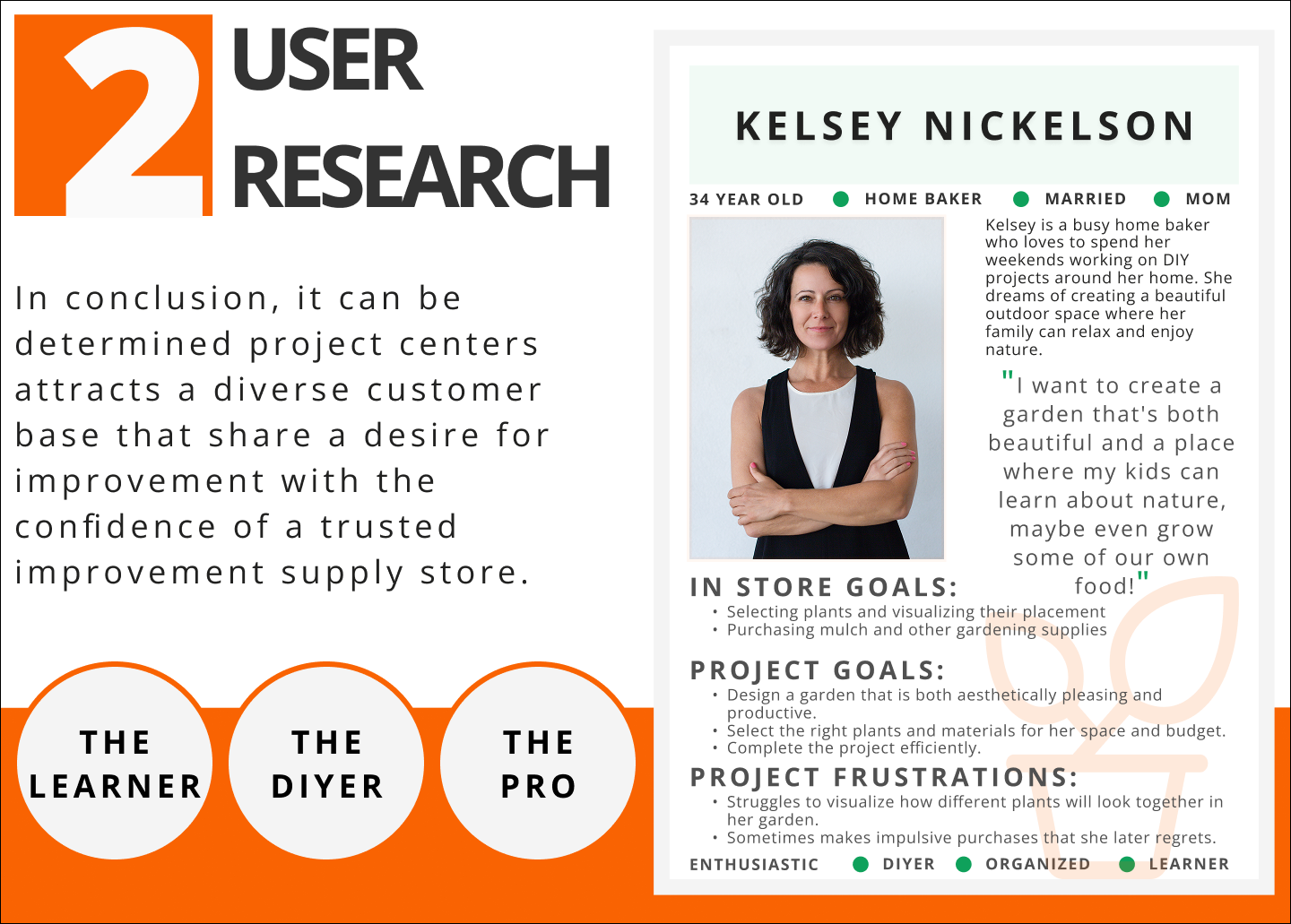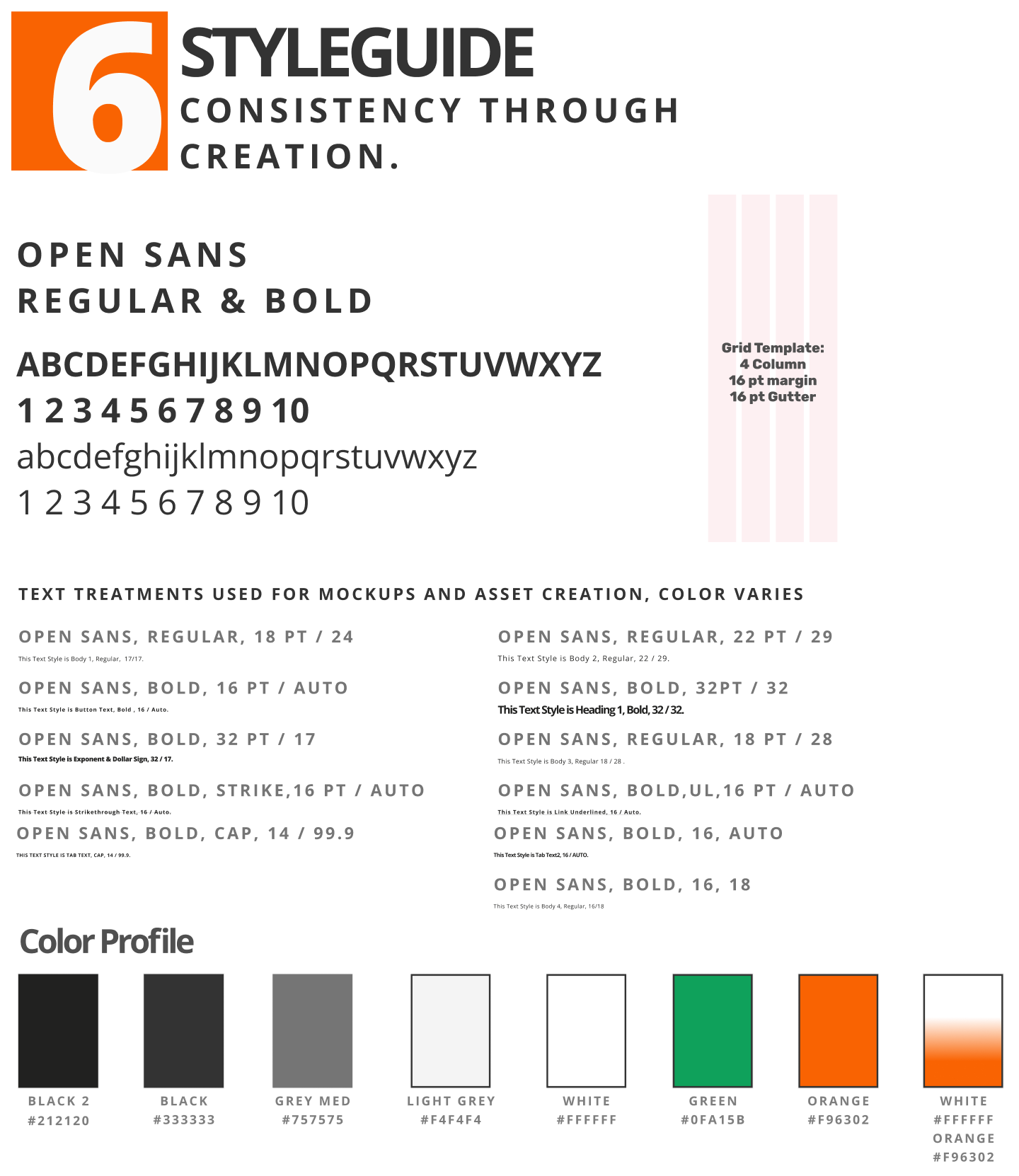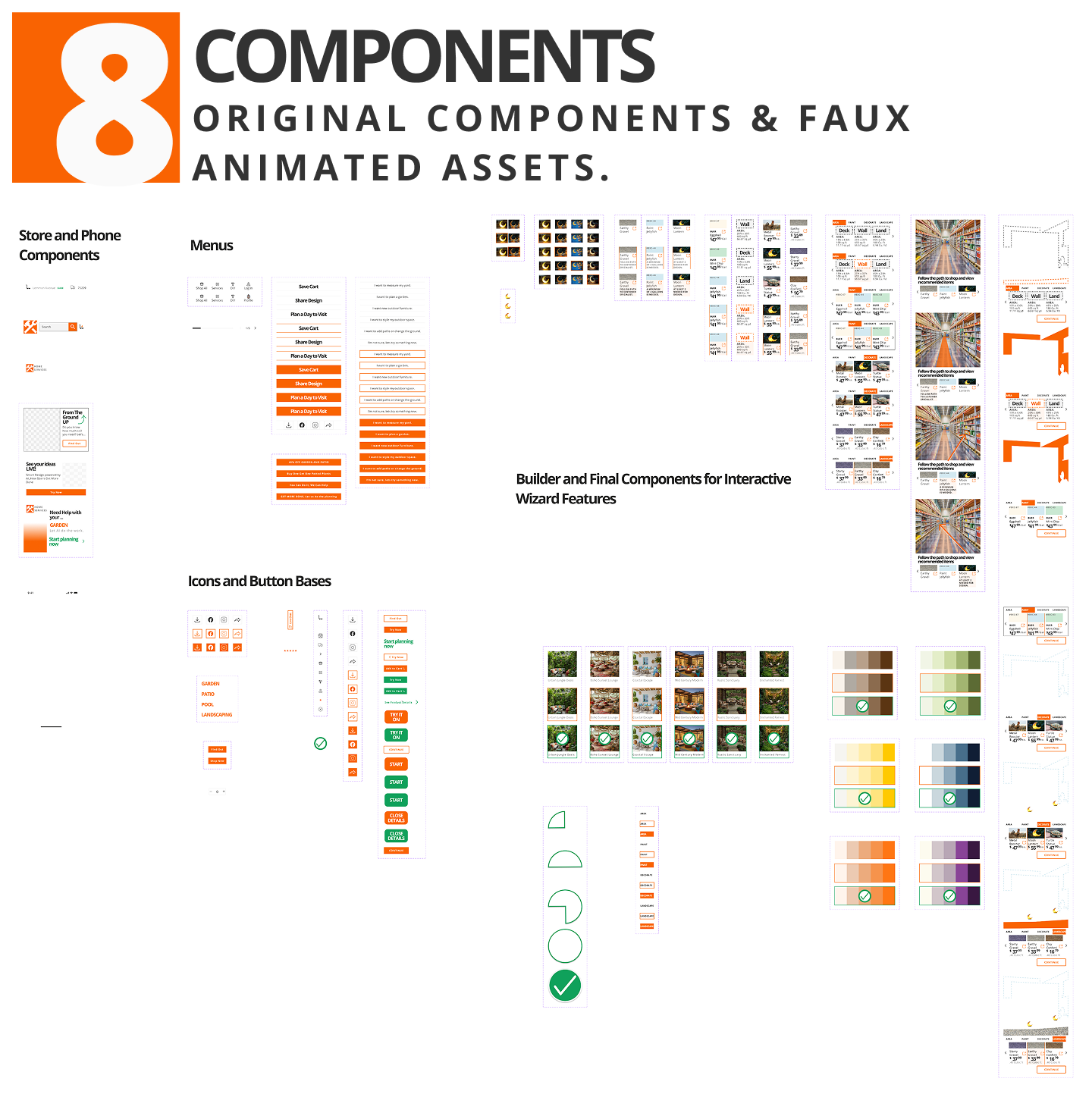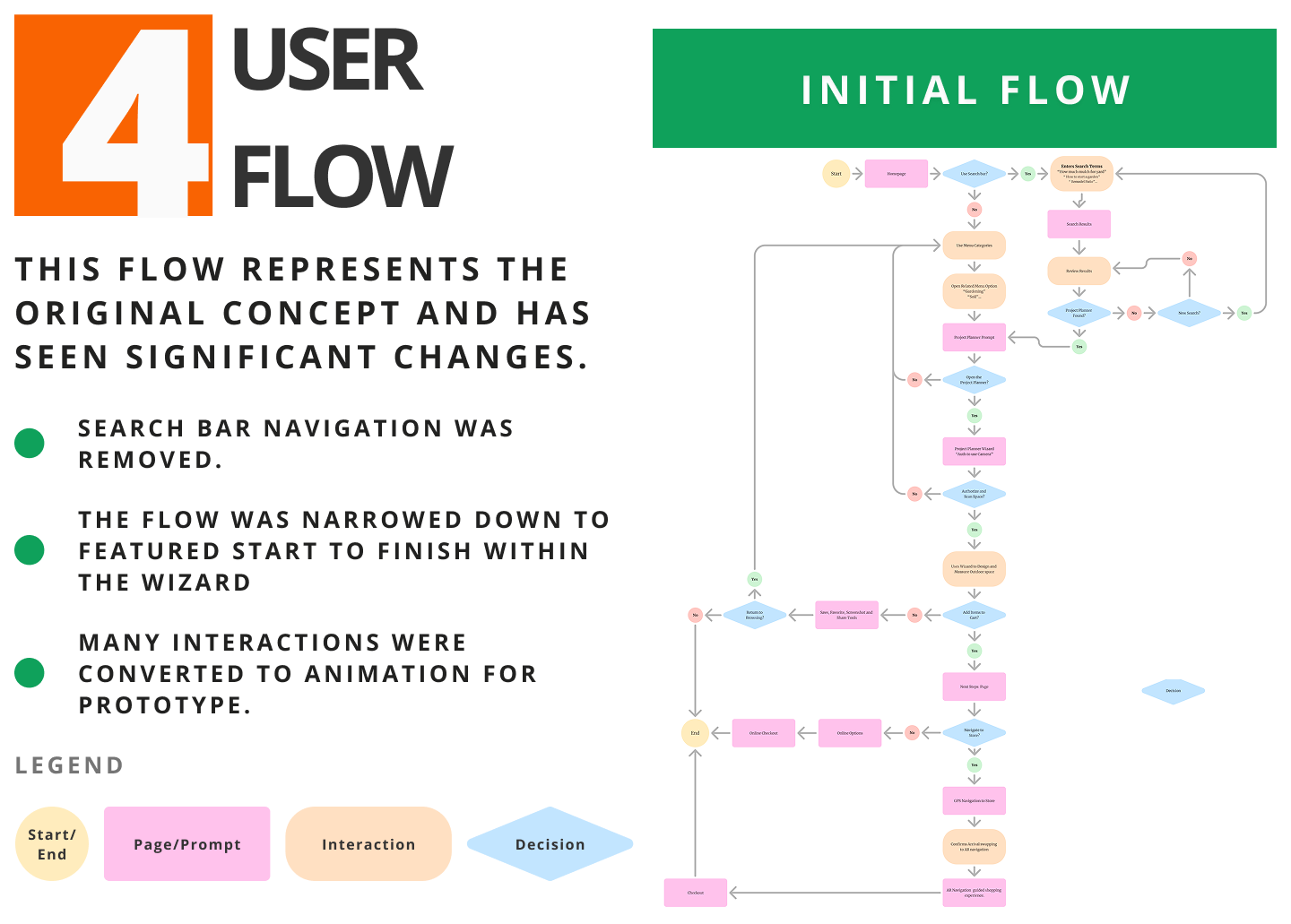Restaurant & E-Learning Simulation for PC Access
Sizzle City: Culinary Chaos is a fast-paced PC cooking simulation that represents a major, refined iteration of a previous VR/haptics concept. It was rebuilt from the ground up using updated research and new user testing, focusing on desktop optimization and accessibility. The game immerses players in a detailed, chaotic kitchen, teaching real-life cooking skills through customizable controls and visual aids. It successfully targets a wide audience by blending strategic, engaging gameplay with practical, risk-free learning.
Restaurant & E-Learning Simulation for VR Access, Haptics Considered
Sizzle City is a virtual reality cooking game that offers a complete multi-sensory culinary experience. Leveraging the use of haptic technology, tactile sensations will give the user the feeling of prepping ingredients, the weight, and balance of the chef’s blade, or even the weight of the serving tray as player two runs the front of the house. Clatters, clangs, and sizzling can be heard in the kitchen, while mood music and laughter can be heard throughout the dining room. Additionally, olfactory cues such as the aroma of fresh herbs, searing steak, and even the decadence of chocolate can offer the user the best possible immersive experience with endless accessibility accommodation.
Define
Develop
Research
Prototype
Ideate
User Testing
Design
Iterate
Hardware Store Redesign, The Interactive AR Shopping Experience
This project is a detailed UX/UI case study focused on improving the complex shopping experience within a home improvement retail environment. It began with extensive brand and user research, identifying core pain points faced by diverse customer segments, from beginners (Learners) to experts (Pros). The solution developed is a mobile application featuring Augmented Reality (AR) tools—such as a Landscape Calculator and an Outdoor Decorator—designed to help users accurately plan projects and visualize results before purchasing materials. The design process focused heavily on flow iteration, low-fidelity sketching, and rigorous component development, ensuring the final high-fidelity prototype delivers a clear, efficient, and user-centered path through an otherwise chaotic retail journey.












